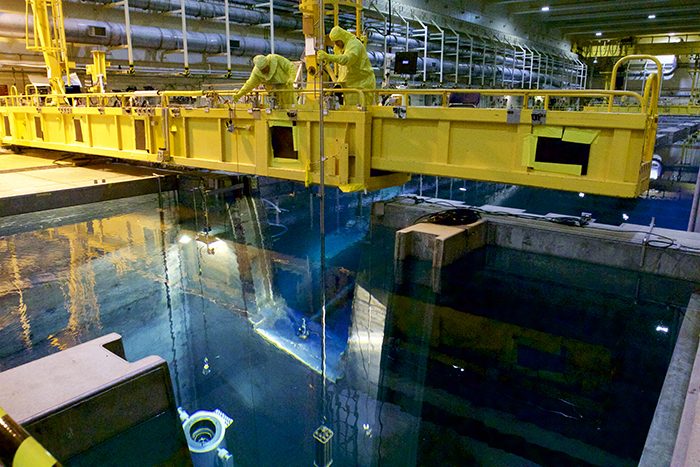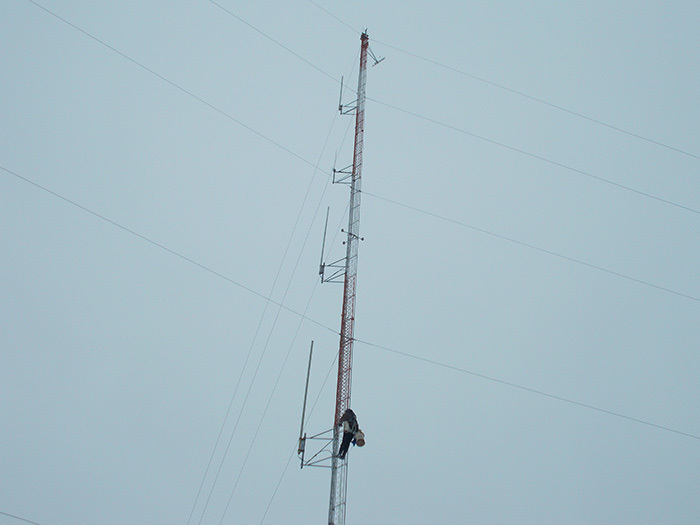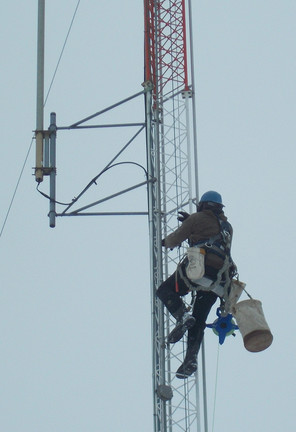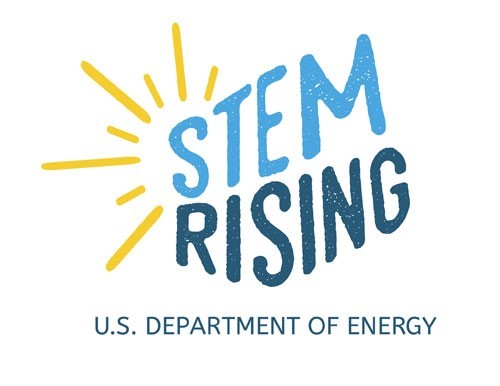 EM workers at the Idaho Nuclear Technology and Engineering Center transfer Experimental Breeder Reactor-II spent nuclear fuel from the Chemical Processing Plant-666 basin to a shipping cask.
IDAHO FALLS, Idaho – EM workers are set to soon begin transferring spent nuclear fuel from an underwater basin to a dry storage area at DOE’s Idaho National Laboratory (INL) Site.
The project is necessary for DOE to meet a milestone with the state of Idaho to have all spent nuclear fuel transferred from wet to dry storage by 2023. Workers are safely transferring the fuel from wet to dry storage and preparing for its final disposition at an off-site repository.
Spent nuclear fuel from the Experimental Breeder Reactor-II (EBR-II) reactor is currently stored in the Chemical Processing Plant-666 (CPP) basin at the Idaho Nuclear Technology and Engineering Center. The fuel will be retrieved from there, transferred to a shipping cask, loaded onto a tractor trailer, and transported across the INL Site to the Radioactive Scrap and Waste Facility (RSWF). The cask will then be unloaded from the trailer, placed over below-ground steel fuel storage liners, and lowered into place.
EBR-II operated at the former Argonne National Laboratory-West, now the Materials and Fuels Complex, from 1964 until 1994. It generated power for the INL and supported reactor research. Spent nuclear fuel from EBR-II was transferred to the CPP-666 basin from 1986 to 1999.
To prepare to move the fuel, engineers designed a mock-up of the spent fuel liner at RSWF to practice unloading the fuel. This mock-up allowed crews to practice using a mobile crane and forklift as well as positioning, adjusting, and operating equipment to simulate the setup at RSWF. Crews conducted test runs and project personnel even held an emergency drill to simulate a non-normal event related to the fuel moves.
“The mock-up and dry runs are absolutely beneficial for crews to practice fuel moves and get familiar with the type of equipment they will be using for the actual moves,” said Mark Stubblefield, spent nuclear fuel manager with Fluor Idaho, EM’s INL Site cleanup contractor.
Earlier this year, the last of the U.S. Navy’s spent nuclear fuel was transferred from the CPP-666 basin to the nearby Naval Reactors Facility for dry storage. The basin is nearly 94-percent empty, with only two fuel types remaining: EBR-II and Advanced Test Reactor (ATR). Workers are making progress transferring the ATR fuel to CPP-603, a dry-storage facility.
-Contributor: Erik Simpson
 A meteorological tower at EM’s West Valley Demonstration Site recently underwent an annual inspection by the company Mid-State Communications.
WEST VALLEY, N.Y. – A 200-foot meteorological tower critical to cleanup planning at EM’s West Valley Demonstration Project (WVDP) Site recently passed an annual inspection.
“The annual inspection results are good news for the site and our use of the meteorological tower information for site work,” EM WVDP Director Bryan Bower said. “This information helps provide historical data for long-term planning, weather impacts, and responses to any unplanned conditions.”
 |
|
An inspector climbs a 200-foot meteorological tower at EM’s West Valley Demonstration Project Site. |
Demolition work is dependent on the weather, which can produce high winds, rain, snow, and ice at this upstate site, especially in winter, according to Janice Williams, vice president of regulatory strategy for WVDP cleanup contractor CH2M HILL BWXT West Valley (CHBWV).
“The meteorological tower is an important tool for the project and provides key risk management information that can be used for project success,” Williams said. “Being prepared is a key factor in the success of any project.”
Inspectors from the company Mid-State Communications examined the tower, including wires and concrete blocks that keep it upright and in place. The wires were re-tensioned as needed. The inspectors also climbed the tower to check the structure’s steel and replace lights.
-Contributor: Joseph Pillittere

You can sign up for the STEM Rising newsletter, which brings you a monthly update on the latest science, technology, engineering, and math opportunities and resources.
STEM is core to the Department’s workforce and cutting-edge energy innovation.
The newsletter highlights STEM outreach activities at the DOE, including kindergarten-through-12th-grade learning resources, student competitions, field trips, events, internship and research opportunities, and tools for STEM teachers.
Click here to subscribe to the STEM Rising newsletter.
|
|